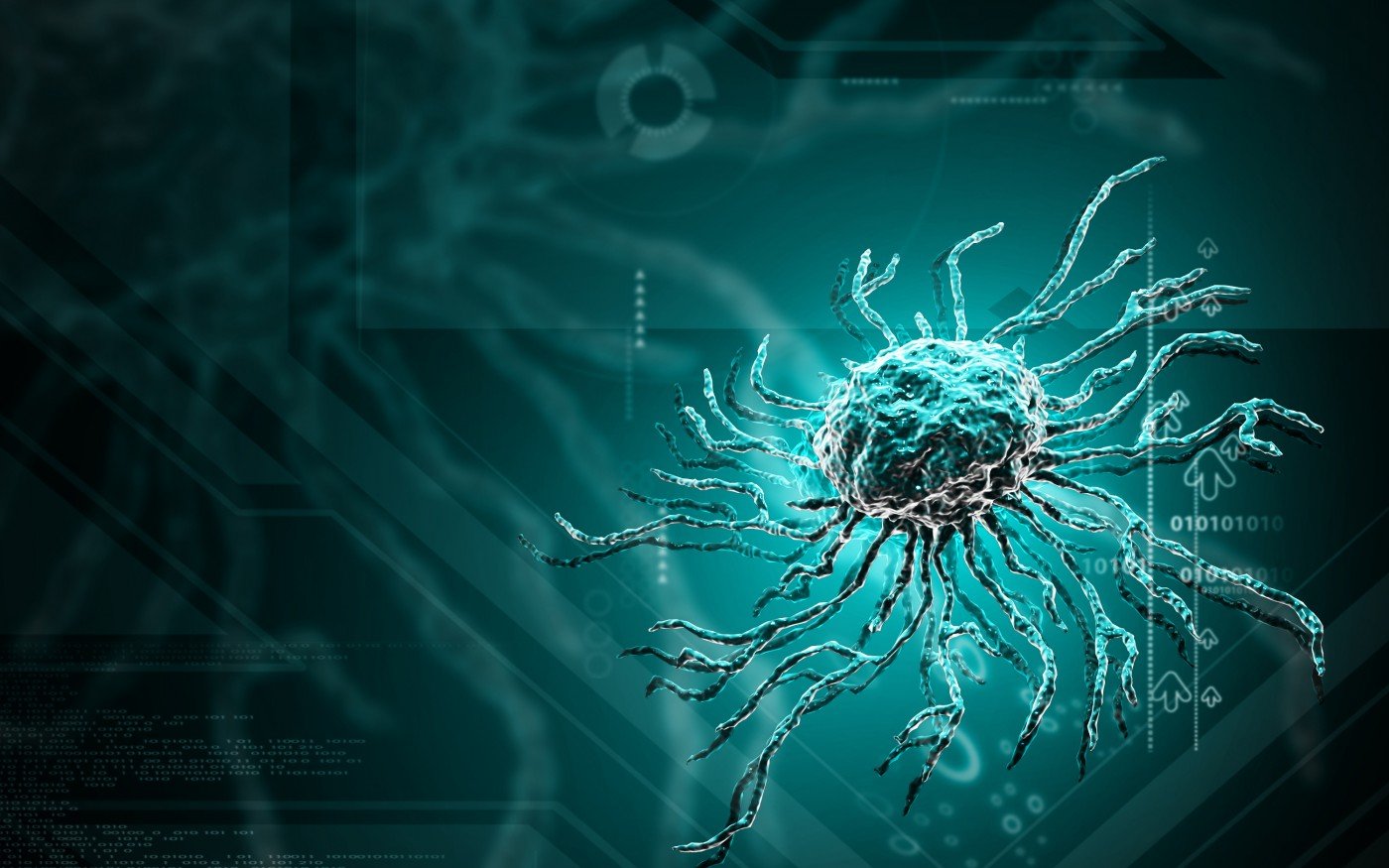Two Stem Cell Discoveries Promise to Advance Cystic Fibrosis Research

Scientists at Boston University’s Center for Regenerative Medicine have made two stem cell discoveries that could help doctors treat cystic fibrosis (CF) without having to resort to transplants.
They prevented stem cells from creating cells for a lot of organs at once and producing only the lung cells they need for cystic fibrosis work. They also converted immature lung cells into airway cells by turning off a molecular pathway known as the Wnt signaling pathway.
The two discoveries could pave the way for personalized medicine in cystic fibrosis, the team said. It did articles on each discovery.
Their first study, “Prospective isolation of NKX2-1–expressing human lung progenitors derived from pluripotent stem cells,” was published in The Journal of Clinical Investigation.
It involved what is known as purifying the earliest forms of lung cells that pluripotent stem cells produce. This involved coming up with a way to prevent the stem cells from producing liver and other cells at the same time they are creating lung cells.
“Sorting these cells to purity is really difficult and important,” Darrell Kotton, director of the regenerative medicine center and co-lead author of both papers, said in a press release. “It’s the first step in trying to predict how an individual might respond to existing treatments or new drugs.” The other co-lead author was Brian Davis at the University of Texas’ UTHealth Center.
“There’s a long list of lung diseases for which there are no treatments other than a lung transplant,” Kotton said. “It’s critically important to develop new tools for understanding these diseases.”
In 2006, Shinya Yamanaka and his Boston center team discovered that an adult cell, such as a blood cell or skin cell, could be reprogrammed into a state of stemness. This would allow it to be converted into any cell in the body — muscle, bone, or whatever.
While scientists have used this technique with success to grow lung cells, the process is not pure enough. That’s because other cells, such as liver cells, intestinal cells and others, are often grown among the lung cells.
“That’s a big issue,” said Finn Hawkins, an assistant professor at Boston University School of Medicine and co-first author of the first study, along with Philipp Kramer. “If you want to use these cells to study the lung, you need to get rid of those others.”
In mouse studies, the researchers learned that a gene called NKx2-1 decided which stem cells turn into lung cells. “That’s the first gene that comes on that says, ‘I’m a lung cell,'” Hawkins explained.
The team fused the Nkx2-1 gene with a green fluorescent protein. This meant that when the gene was activated, the lung cells would turn green, allowing them to be identified and purified.
Researchers cultivated the green cells in a matrix to create tiny spheres called organoids that are simplified and miniaturized versions of an organ — in this case a mini-lung.
“Now we can actually start looking at disease,” Hawkins said. Organoids are becoming key tools for studying disease, and the Boston researchers used their organoids to investigate the earliest stages of CF.
The second study, “Efficient Derivation of Functional Human Airway Epithelium from Pluripotent Stem Cells via Temporal Regulation of Wnt Signaling,” was published in Cell Stem Cell.
Katherine McCauley, a fifth-year PhD student at the regenerative medicine center and first author of this second study, discovered that turning off the Wnt signaling pathway would turn immature lung cells into airway cells. She grew the lung cells to form tiny balls of cells known as bronchospheres.
“We wanted to see if we could use these to study airway diseases,” McCauley said. “That’s one of the big goals: to engineer these cells from patients and then use them to study those patients’ diseases.”
McCauley used two cells lines to test the usefulness of the bronchospheres. CFTR is the gene that is defective in CF, and one of McCauley’s cell lines was from a CF patient whose faulty CFTR mutation had been corrected. The other cell line involved a CFTR mutation that remained defective.
The test McCauley used was applying a drug that makes normal cells fill with fluid.
Although the corrected bronchospheres began to swell, the ones belonging to the CF patients did not.
“The cool part is that we measured this using high-throughput microscopy, and then we calculated the change in area with time,” McCauley said. “So now we can evaluate CFTR function in a quantitative way.”
Researchers want to improve the test and possibly evaluate it in other lung diseases.
“The end goal is to take cells from a patient, and then screen different combinations of drugs,” McCauley said. “The idea that we could take a patient’s cells and test not 20, but hundreds or thousands of drugs, and actually understand how the patient was going to respond before we even give them the treatment, is just an incredible idea.”







